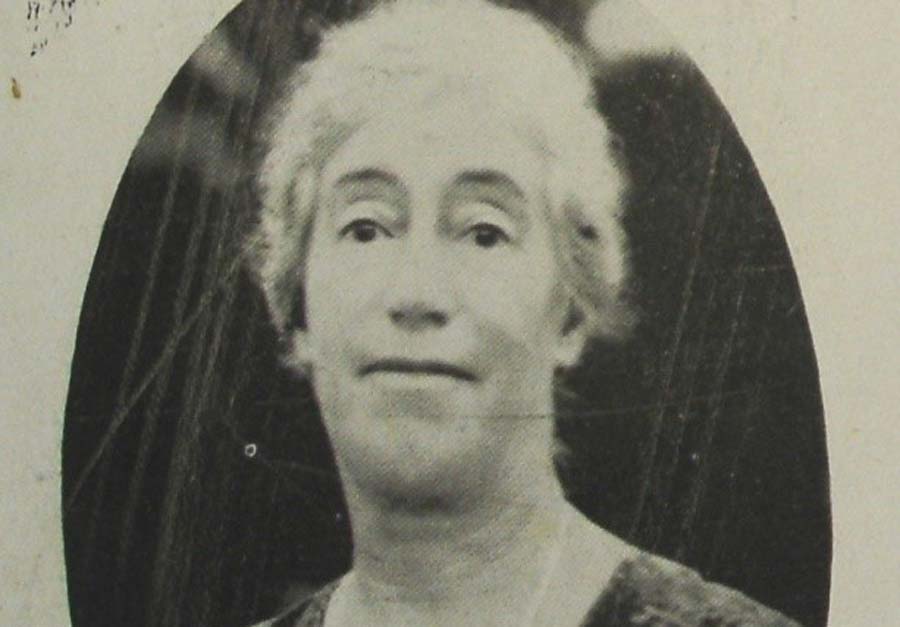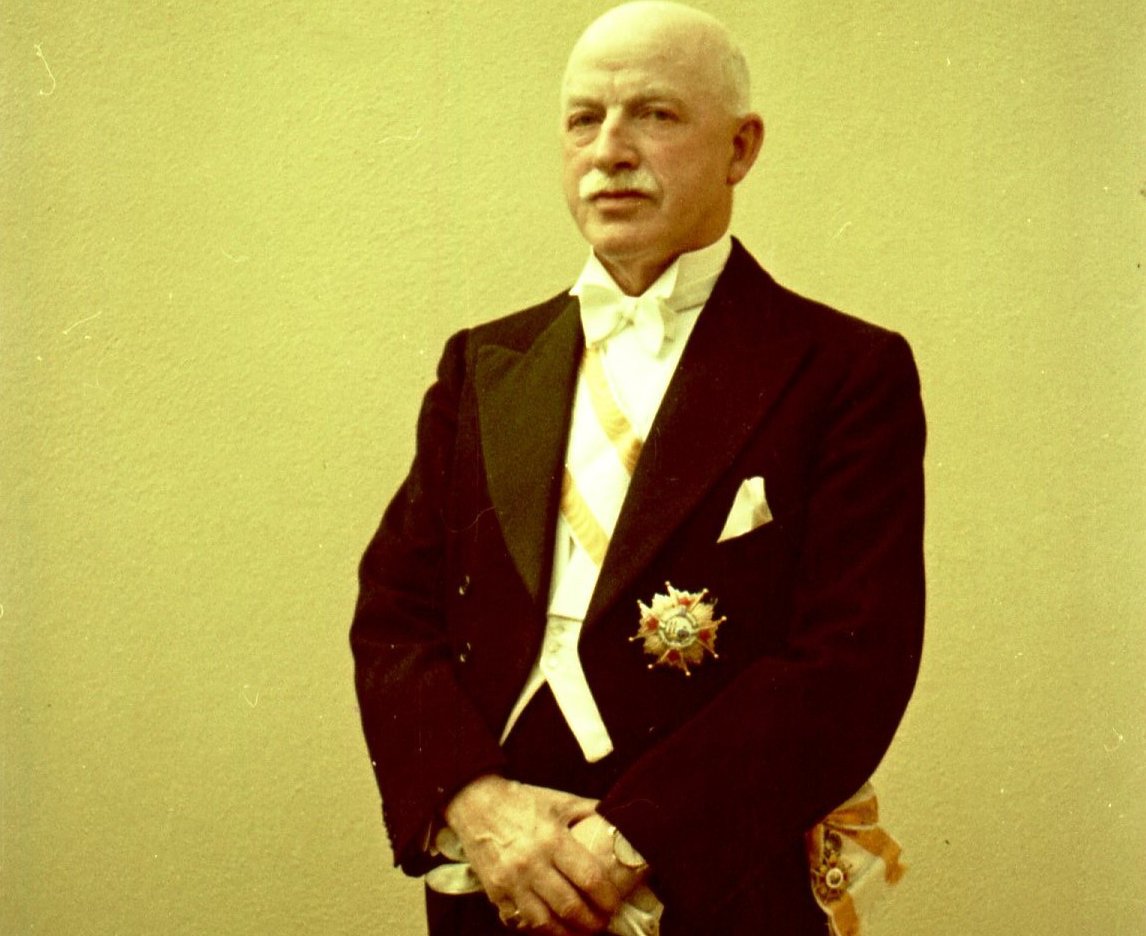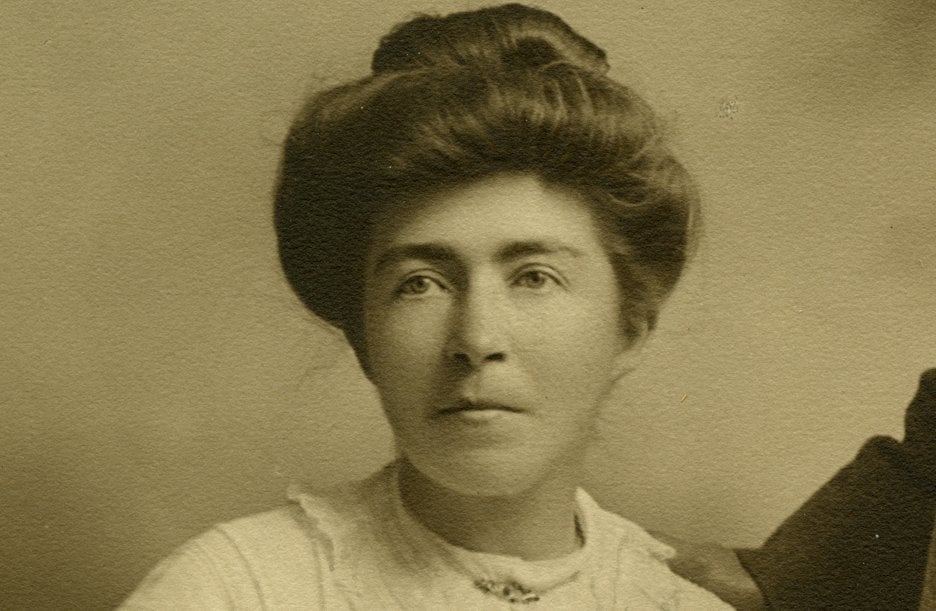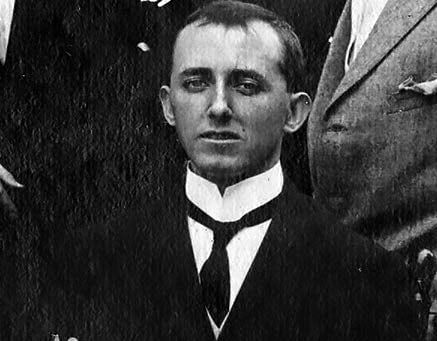Best of 2019 - Five extraordinary Irish men and women from the revolutionary era
Margaret Cousins by Dr Jyoti Atwal
Margaret Elizabeth Cousins (née Gretta Gillespie; 1878-1954) was born in Boyle, Co. Roscommon in western Ireland. She was a prominent leader of the Irish women’s suffrage movement in Ireland, along with Hanna Sheehy-Skeffington. Margaret felt that she was born a natural equalitarian and rebelled against any differential treatment of sexes. Read more here.
****
Leopold Kerney by Dr Barry Whelan
The importance of Leopold Kerney has only recently begun to be appreciated by historians of the revolutionary period, who realise that the real genesis of Irish foreign policy was forged and created by the first generation of Irish diplomats, who, with scant resources and no staffing, forged links between Ireland and the world between 1919 and 1923. Kerney was one of those diplomats. Read more here.
****
Hanna Sheehy Skeffington by Dr Margaret Ward
Hanna Sheehy Skeffington ‘always looked out for the forward part of the women’s movement’ when visiting other countries. Her commitment to women’s equality, social justice and international solidarity never wavered in a lifetime of feminist activism spanning two world wars. During the years of the Irish revolution she insisted that women’s equality was as important as national freedom. Read more here.
****
Patrick McCartan by Dr Brian Hanley
Dr Patrick McCartan was recruited into Irish revolutionary politics as a young emigrant in the United States. He became intimately involved in contacts between the Clan na Gael there and their Irish counterparts in the Irish Republican Brotherhood prior to Easter 1916. Thereafter McCartan was a key player in attempts to broker agreement between Irish republicans and the Soviet Union, travelling between Ireland, Britain, the US, Scandinavia, Germany and Russia during the revolutionary period. Read more here.
Dr William J. Maloney by Kelly Anne Reynolds
In Dr William J. M. A. Maloney’s own words, he was ‘a nobody in the Irish movement’, but for a nobody the ‘Doc’ proved to be one of the more complex characters of the Irish Revolution. He was beloved by Dr Patrick McCartan and Joseph McGarrity, but loathed by others like Judge Daniel F. Cohalan and John Devoy. A Scottish nerve specialist with no previous ties to Irish nationalism, Dr Maloney’s progression from a disillusioned British Army physician into a full-fledged Irish nationalist happened seemingly overnight. Primarily known for his ‘fine Italian hand’— seen by various Irish-Americans as both a skill and threat — he was ‘The Doctor’ behind some of the most powerful Irish propaganda in the United States during his time in the Irish movement. His interpretations about how to achieve recognition for an Irish Republic differed from that of others, as did the ways in which he used American progressive ideas to communicate the Irish struggle beyond an Irish-American audience. Read more here.

























